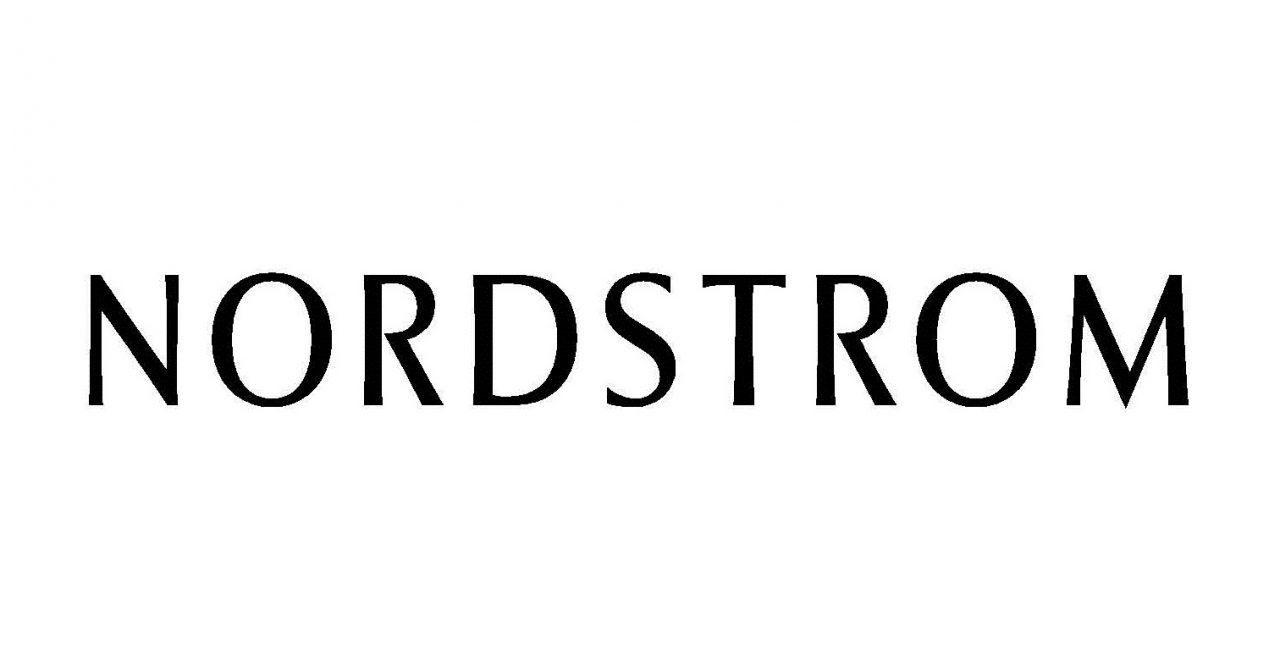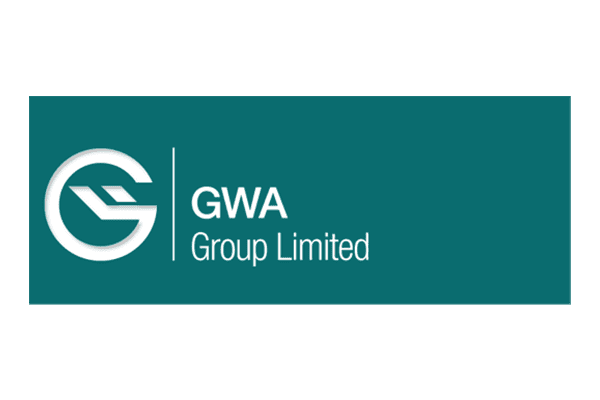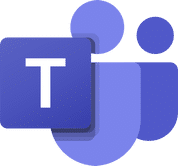Workfront is a Project Management Software. Workfront offers the following functionalities:
- Budget Management
- Issue Management
- IT Project Management
- Milestone Tracking
- Percent-Complete Tracking
Here's a list of the best alternatives for Workfront
Yes, Workfront provides API.
Yes, Workfront provides mobile app.
Workfront is located in Lehi, Utah
Workfront offers Quotation Based pricing model


























